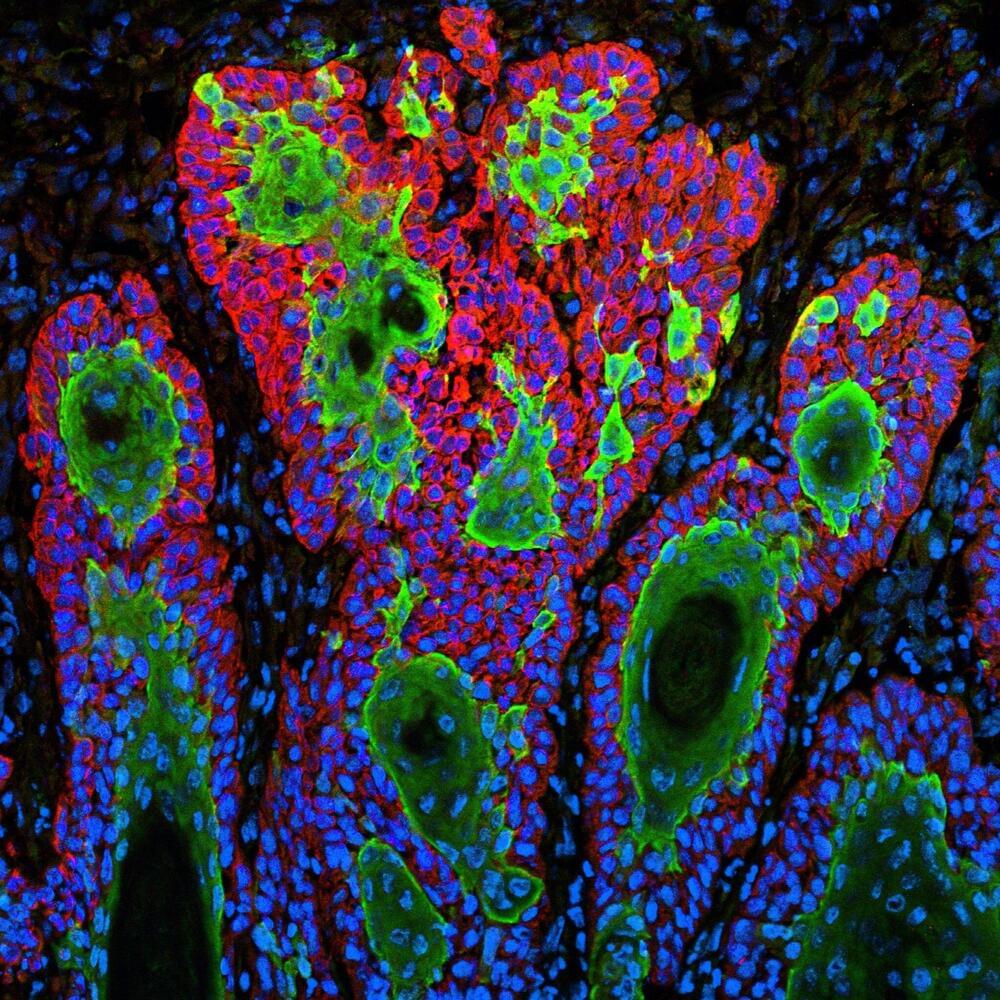Just as it’s hard to understand a conversation without knowing its context, it can be difficult for biologists to grasp the significance of gene expression without knowing a cell’s environment. To solve that problem, researchers at Princeton Engineering have developed a method to elucidate a cell’s surroundings so that biologists can make more meaning of gene expression information.
The researchers, led by Professor of Computer Science Ben Raphael, hope the new system will open the door to identifying rare cell types and choosing cancer treatment options with new precision. Raphael is the senior author of a paper describing the method published May 16 in Nature Methods.
The basic technique of linking gene expression with a cell’s environment, called spatial transcriptomics (ST), has been around for several years. Scientists break down tissue samples onto a microscale grid and link each spot on the grid with information about gene expression. The problem is that current computational tools can only analyze spatial patterns of gene expression in two dimensions. Experiments that use multiple slices from a single tissue sample—such as a region of a brain, heart or tumor—are difficult to synthesize into a complete picture of the cell types in the tissue.
